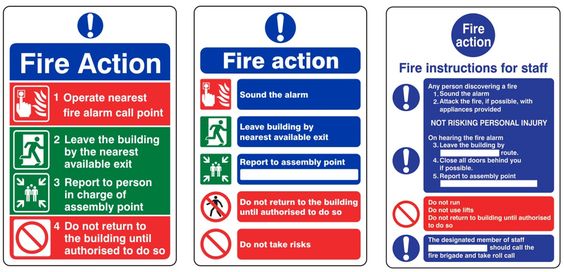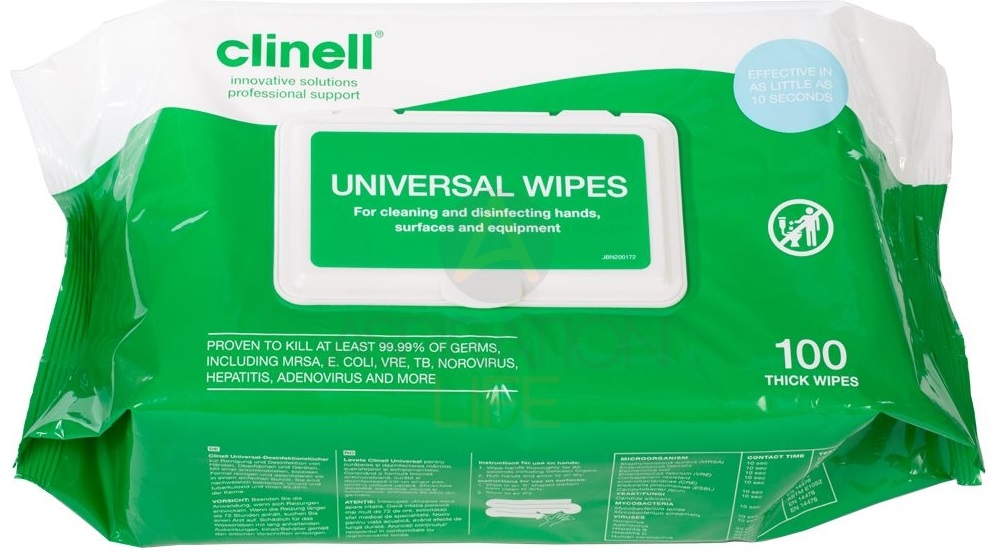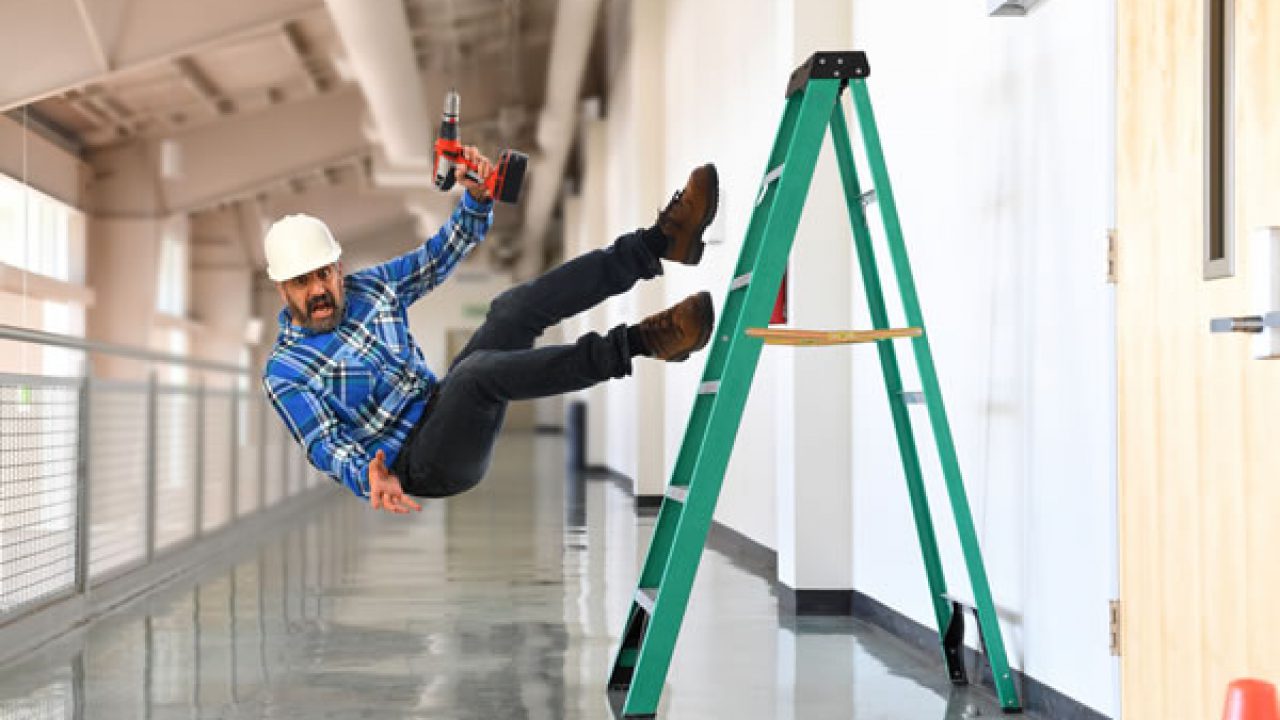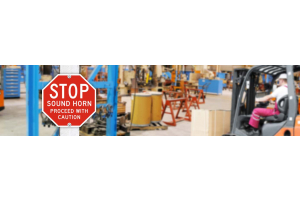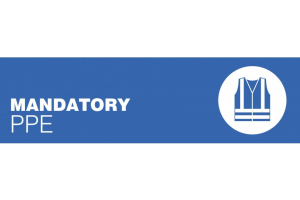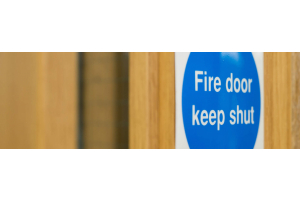Detailed Guidance Regarding Fire Action Signage
Fire action signage is present in all workplaces and public buildings, in this article i will provide detailed information about fire action notice signs, why they are essential for all places of work both indoors and out how if the instructions are followed carefully could save lives. Building owners, landlords and employers who have ultimate control of a building must carry out a fire risk assessment of their building or workplace to discover any significant findings which may put others in danger or cause harm or injury to themselves or others, although fire action signs may seem trivial, the specific steps of actions taken may prevent themselves being harmed or injured in the event of a fire. Detailed below are the specific steps of action as described on signage designed for taking action in the event of a fire in workplaces and buildings, although all workplaces will vary in their processes of the steps according to the size
